The Taliban refuted the Afghan government’s claim that it recaptured the Chardara district in the northern province of Kunduz. The Taliban overran the district, along with the nearby district of Dasht-i-Archi, last week, while the Afghan military claimed to recapture Chardara a day later.
The Taliban made the assertion in a recently released video which was produced by Al Emara, the group’s official media wing, and promoted on the Voice of Jihad. In the release, the Taliban claims to “expose all the lies of the Kabul regime who declared that the district was retaken from the Mujahideen.” The video, which is almost 30 minutes long, shows several scenes of jihadist fighters in a captured military outpost. Other scenes show captured equipment and vehicles. One scene shows more than a dozen captured Afghan police personnel, while another shows Taliban fighters using a captured Humvee and a SCAR assault rifle.
The authenticity of the video cannot independently be confirmed by The Long War Journal, and it is unclear if the footage was recorded after Afghan officials said they retook Chardara.
The release comes after Afghan officials said they had retaken the district and downplayed the Taliban’s activity in the area. An Afghan official said to The New York Times last week that “[the Taliban] took control of about 50 percent of the district.” The official also denied that any Afghan police personnel were taken captive. However, another Afghan official, speaking on condition of anonymity, claimed that “if the government does not send enough reinforcements, the city of Kunduz will fall to the Taliban.”
The Taliban also released a much shorter video showing the capture of Dasht-i-Archi. In an introduction to the video, Voice of Jihad said the footage shows Taliban fighters “liberating and totally cleansing” the district. The release, like the one from Chardara, shows the Taliban with captured equipment and vehicles. Several scenes feature captured governmental buildings in the district and a captured military outpost. The white flag of the Taliban can be seen flying at the outpost and at the district center.
The Taliban launched an offensive to seize control of Kunduz province at the end of April. The districts of Imam Sahib, Aliabad, and Qala-i-Zal were overrun in the initial assault. The current status of those districts is unclear, but the Taliban are thought to be in control of Imam Sahib and Aliabad. [See LWJ report, Taliban launch offensive in northern Afghan province.]
Just after the offensive began, an Afghan official claimed that 65 percent of the province is under Taliban control. The loss of Chardara and Dasht-i-Archi would mean that four of the seven districts of Kunduz are likely held by the Taliban.
The Taliban have heavily promoted the northern offensive via propaganda. Shortly after the Kunduz offensive kicked off, the jihadist group released a lengthy video that showed its fighters in control of Afghan security forces’ outposts, captured security personnel, and vehicles and weapons seized during the fighting. [See LWJ report, Taliban touts success in Kunduz offensive.]
Kunduz and neighboring provinces were relatively peaceful after the US toppled the Taliban regime in 2001. In 2009, the Taliban and the Islamic Movement of Uzbekistan, which has integrated into the Taliban’s command structure in the Afghan north, began destabilizing the northern provinces and took control of several districts in Kunduz. The Taliban lost ground in Kunduz and neighboring Baghlan province, but the group has been resurgent over the past several years as US and NATO forces have withdrawn most of their forces from Afghanistan.
Screenshots from the Chardara video:
Screenshots from Dasht-i-Archi video:


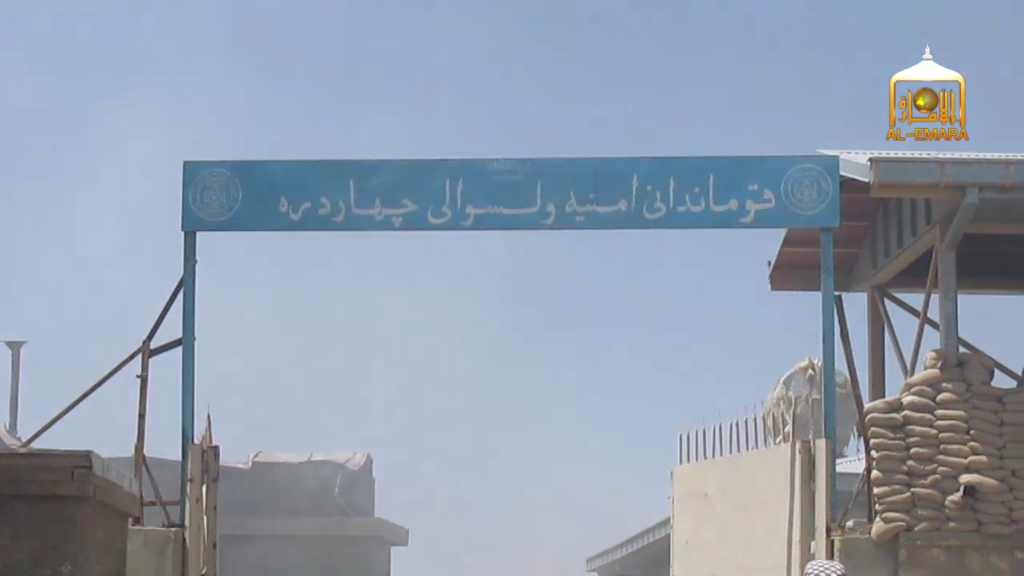
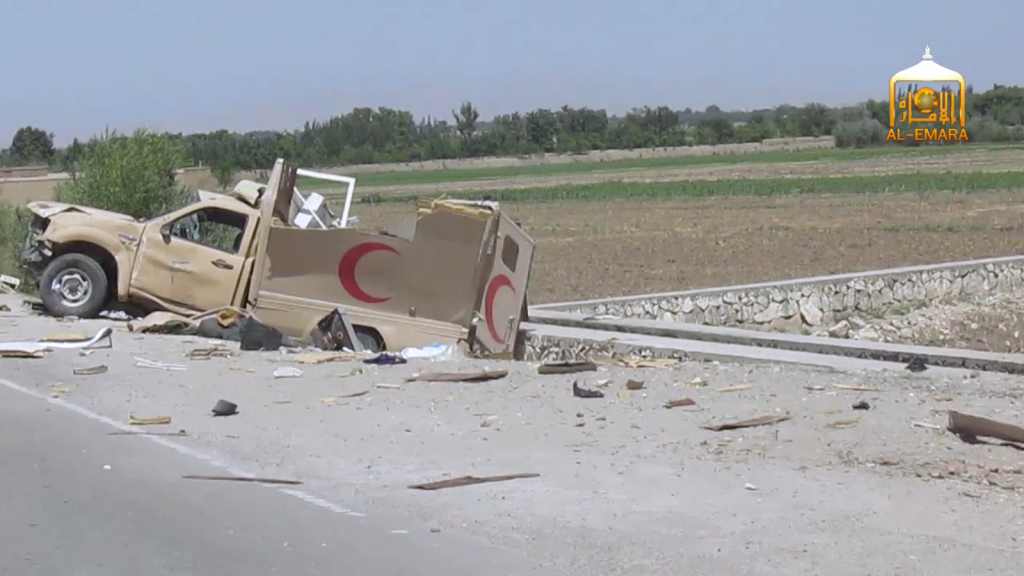
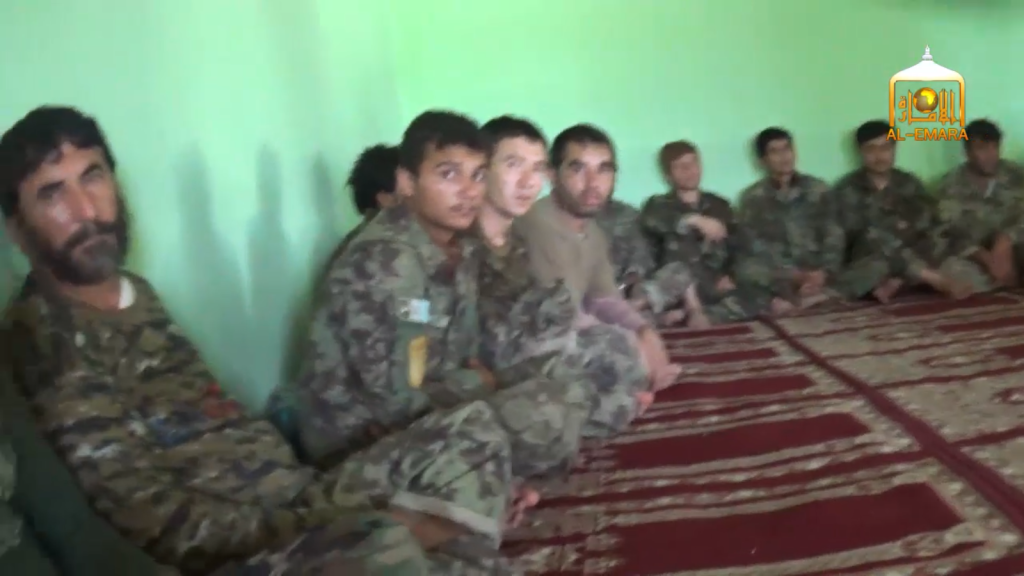
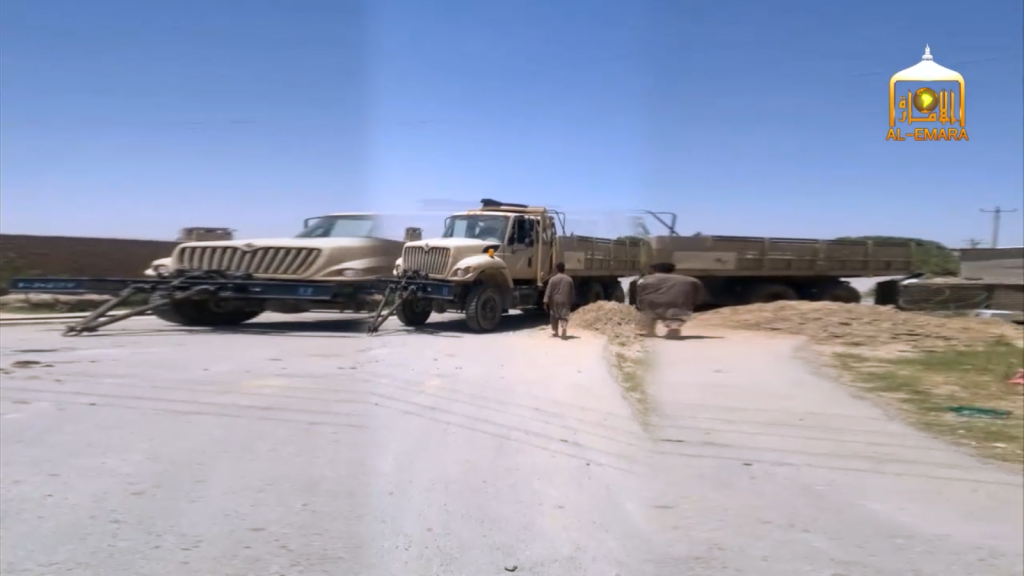
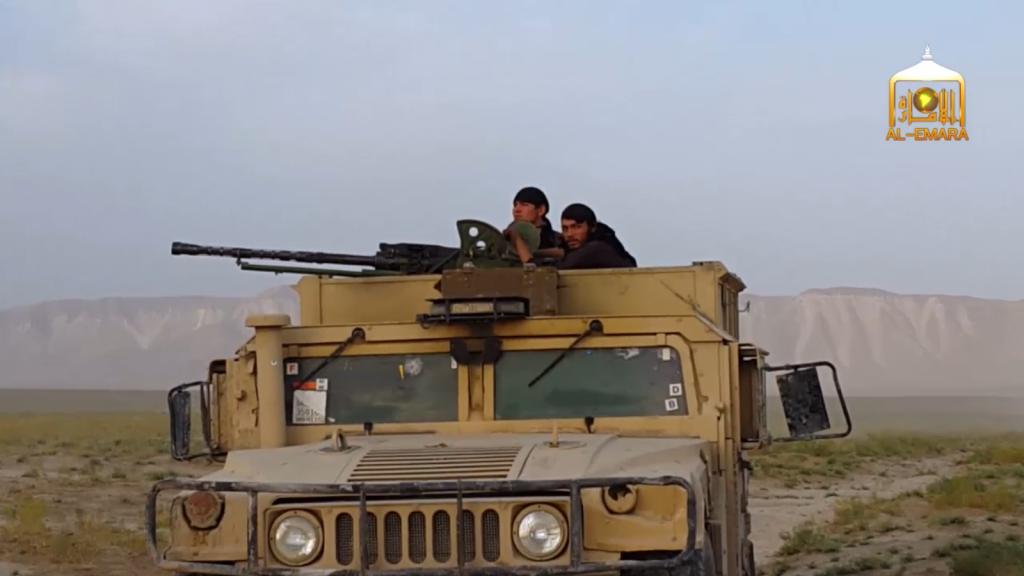
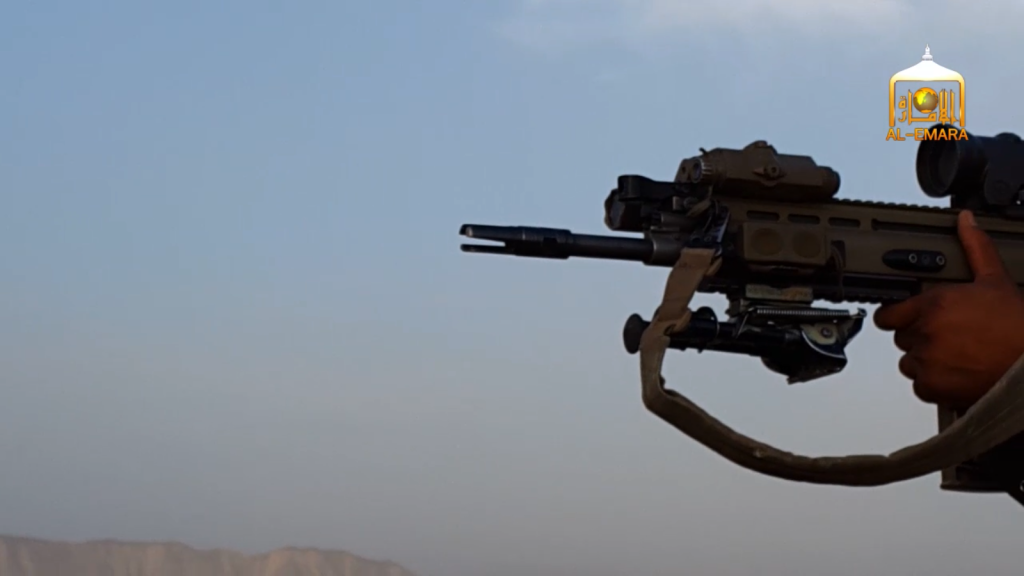
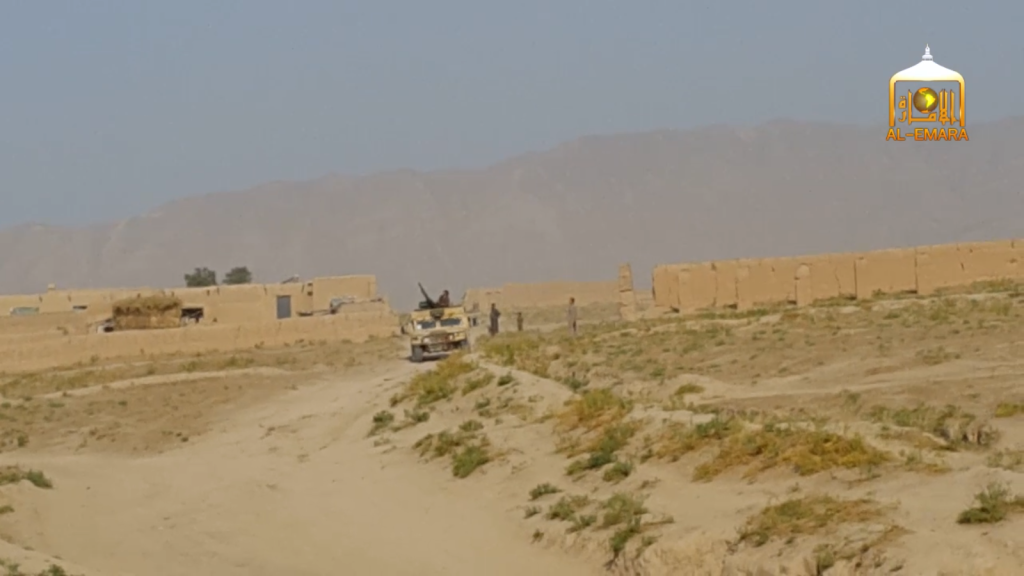
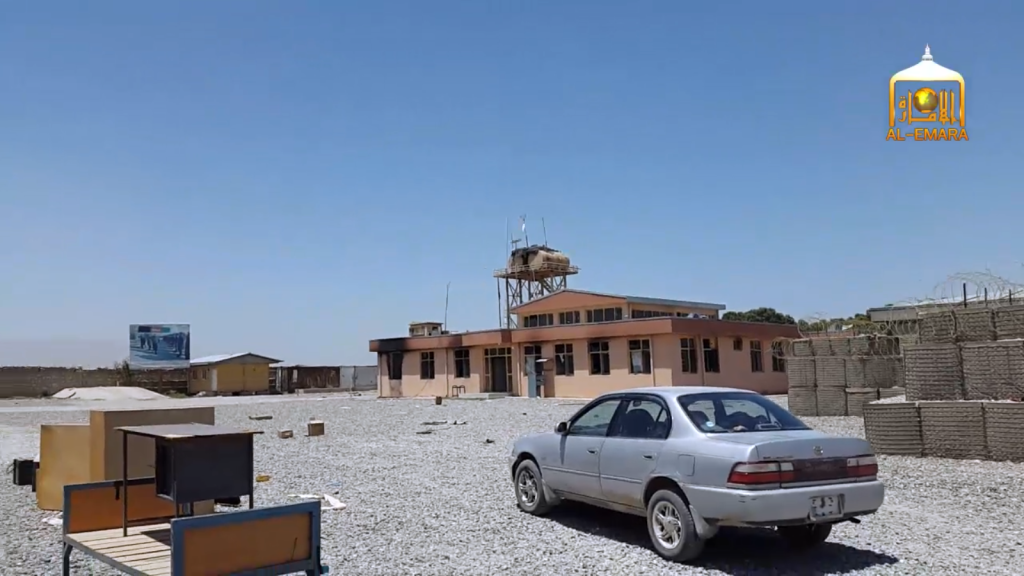
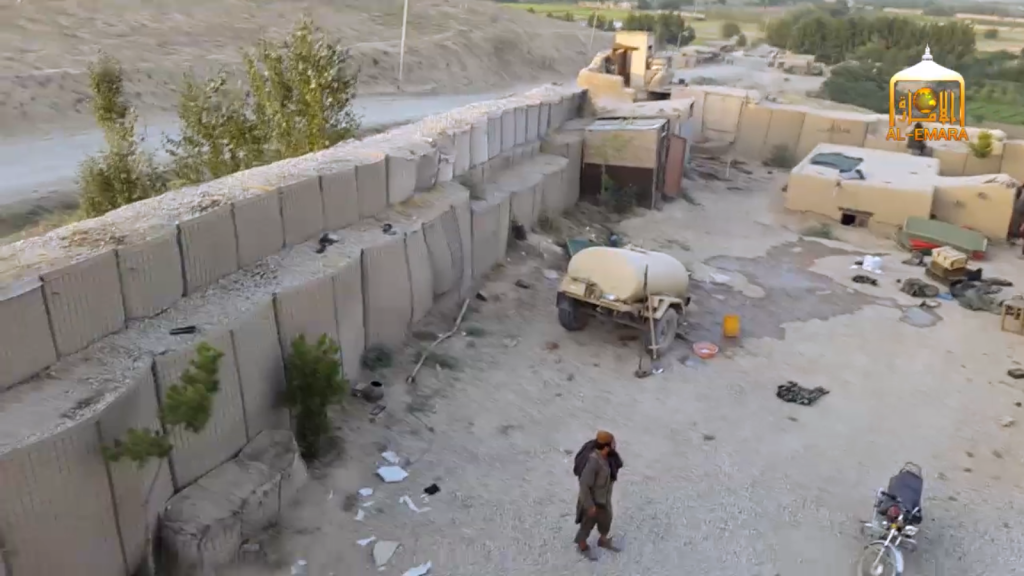

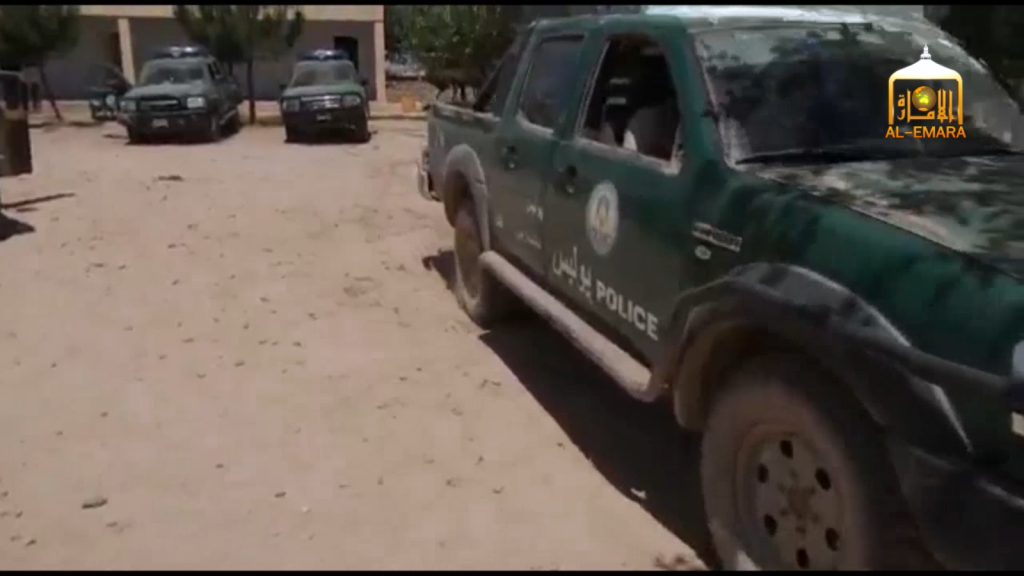
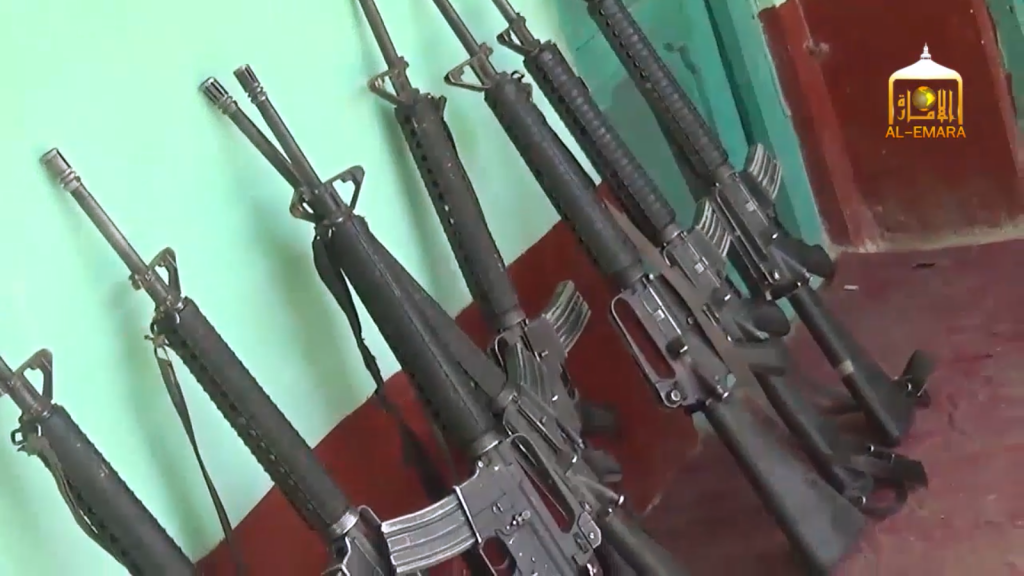
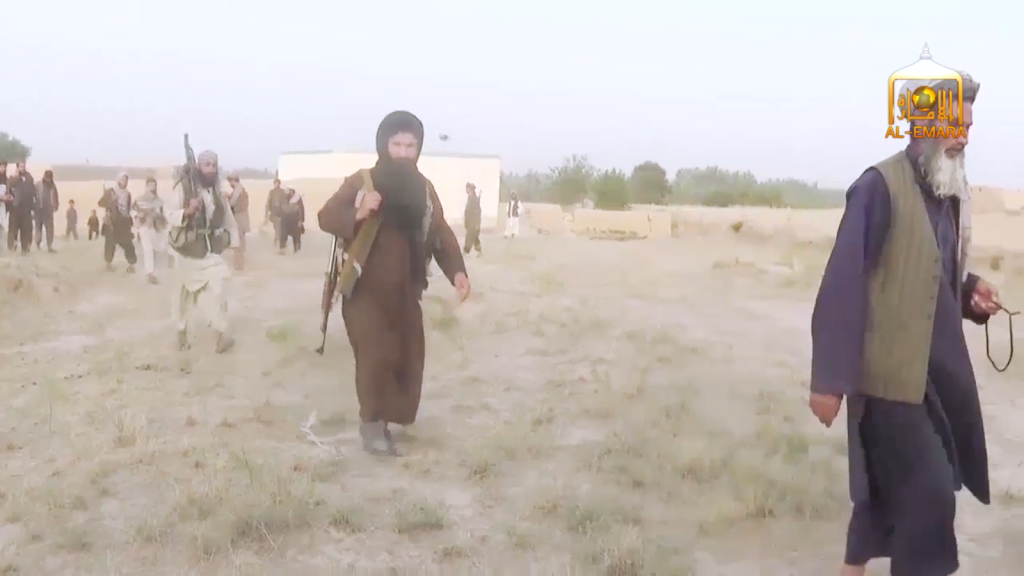
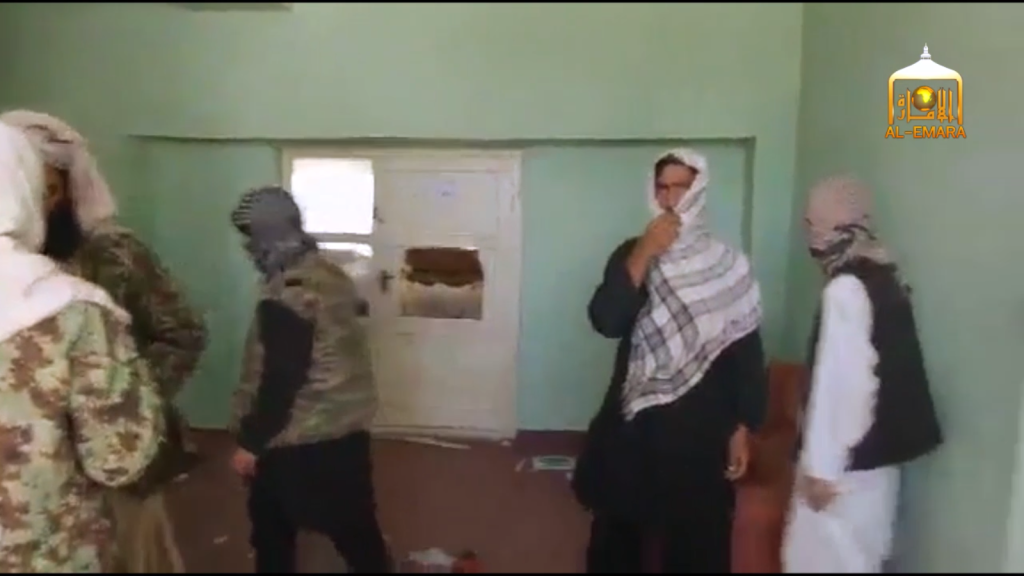
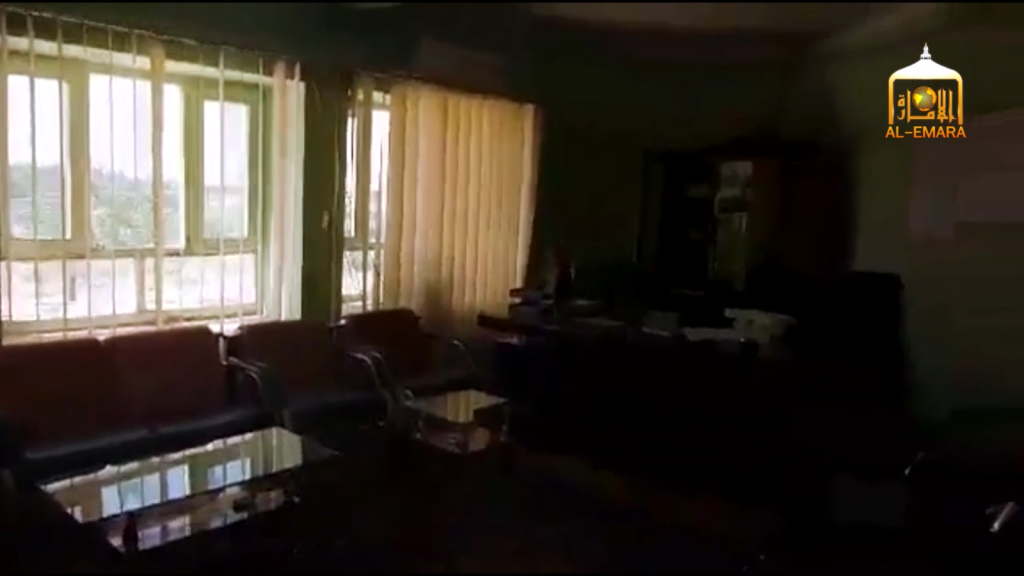
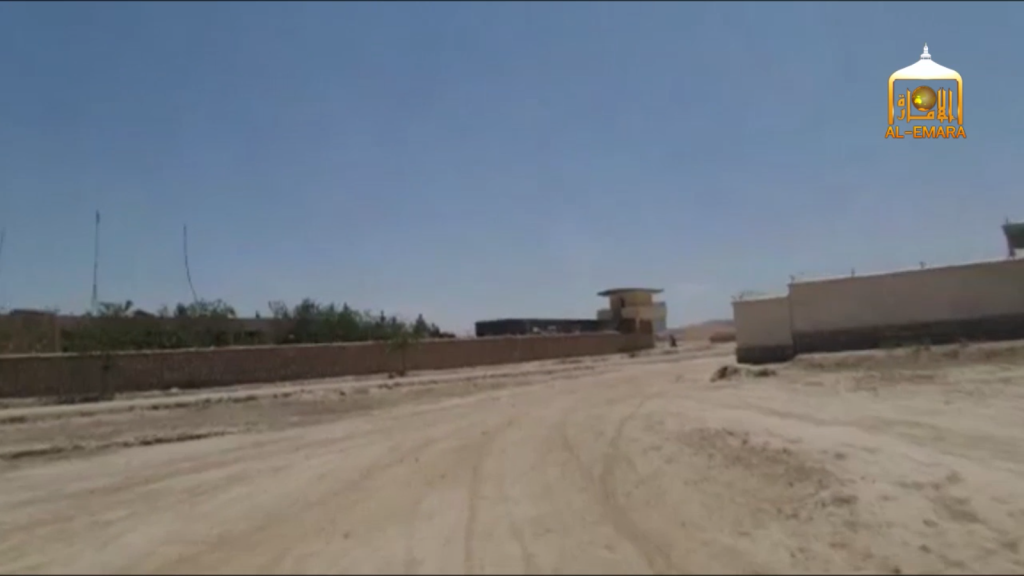
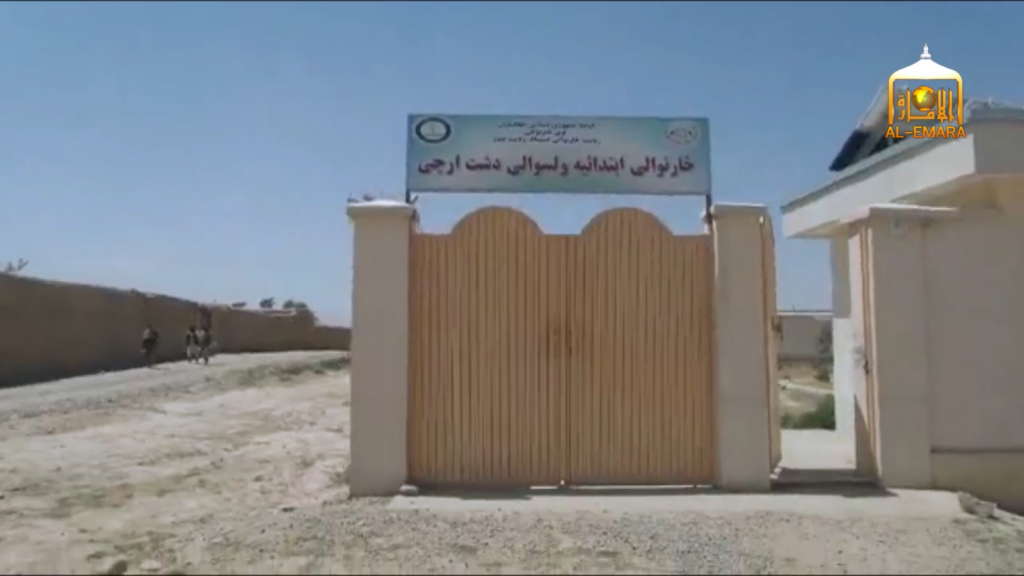







4 Comments
Yep, we lost this war because our Generals can’t get it together. They had a job and they fundamentally failed it and wasted the lives of the men under them.
@ Oberron
Patently False! Just about every decision, action, shortcoming, etc., of consequence that resulted in a negative outcome was the byproduct of Political intrigue & malfeasance on the of Politicians & Political appointees.
That being said the Afghanistan Government, Security Forces & People will ‘weather’ these latest events as they have all others as long as the USA continues to responsibly supply, support, & provide Military Presence.
That’s an unfair assessment of the military leadership.
Politics failed this campaign, pure and simple. Look at how many General’s have been removed from the military for challenging the Government (DoS) narrative.
I wonder how the Islamic State and Taliban will co-exist together in the future in Afghanistan. The Islamic State sees itself as a state, so it does not tolerate having other groups latched onto it in battles. It sees itself as the sole legitimate force on the battlefield and in governance.